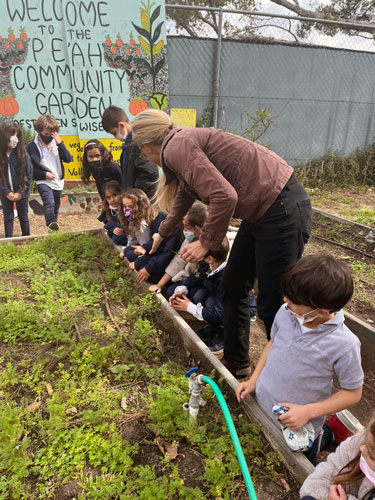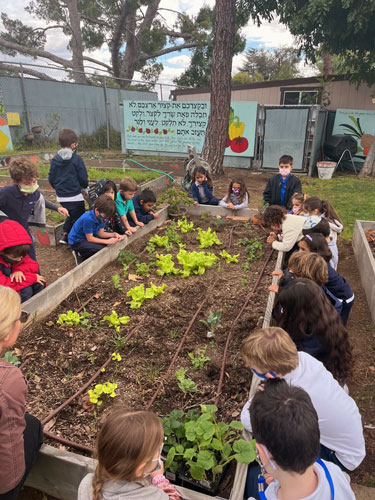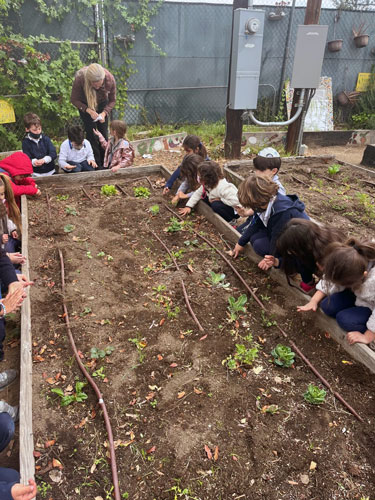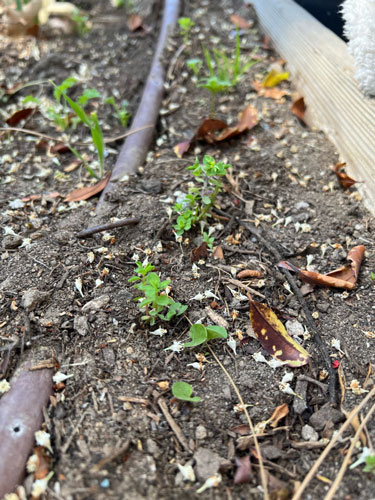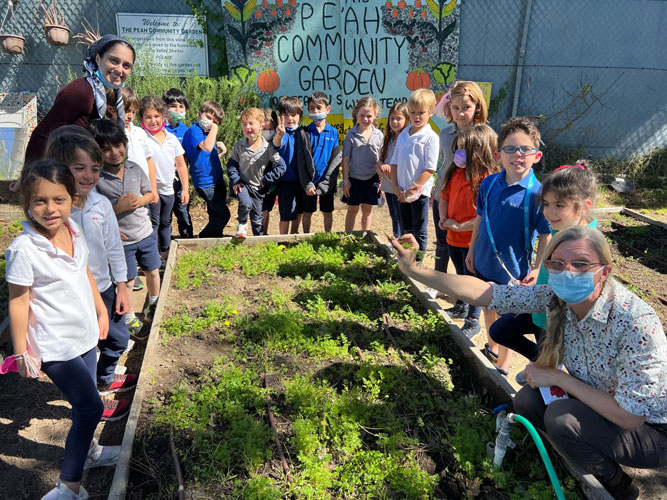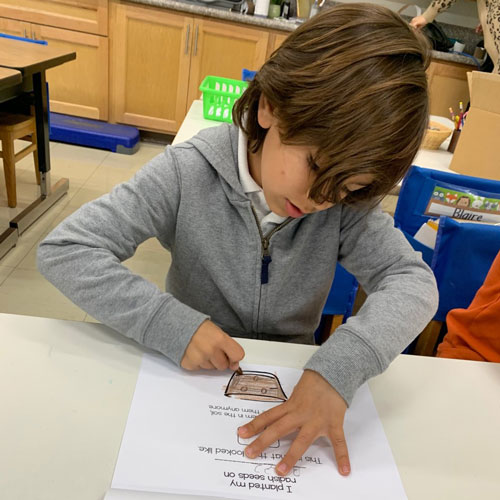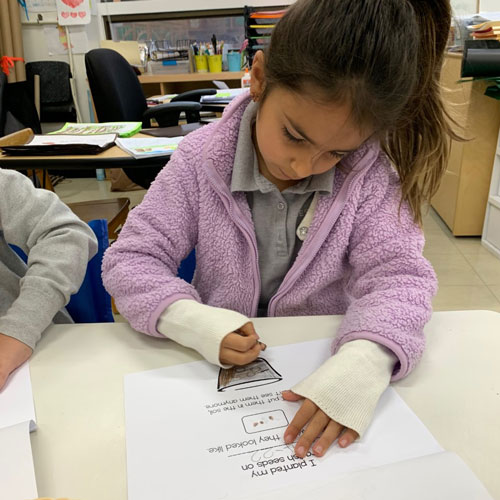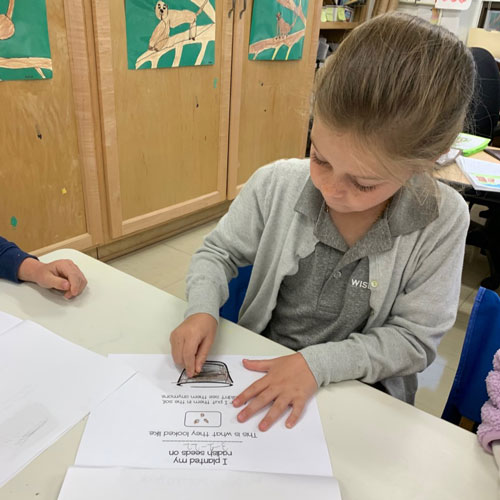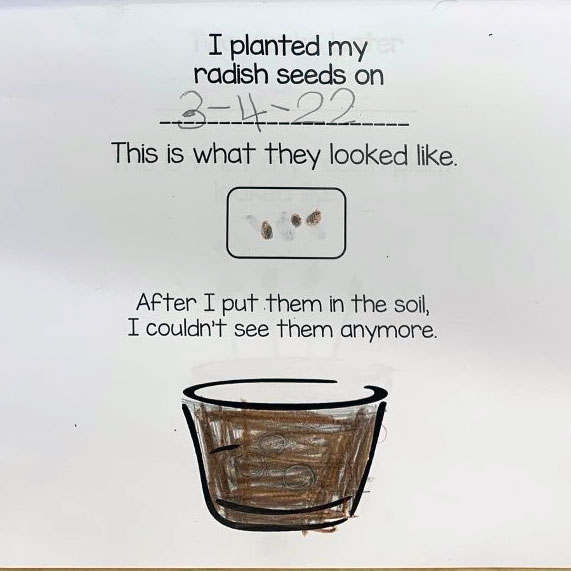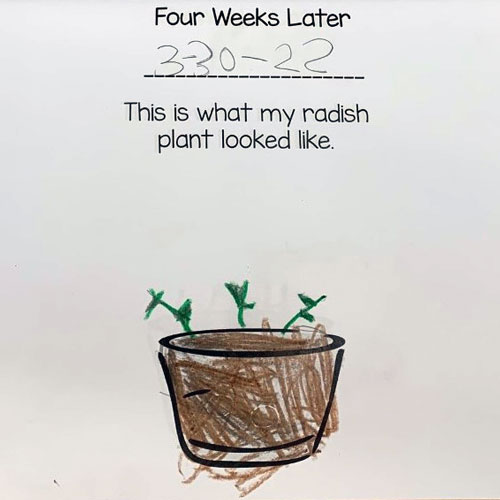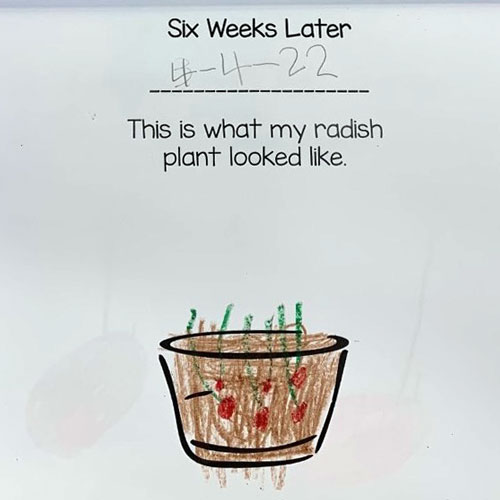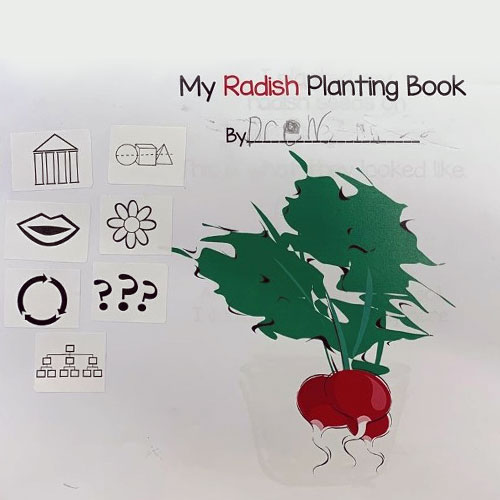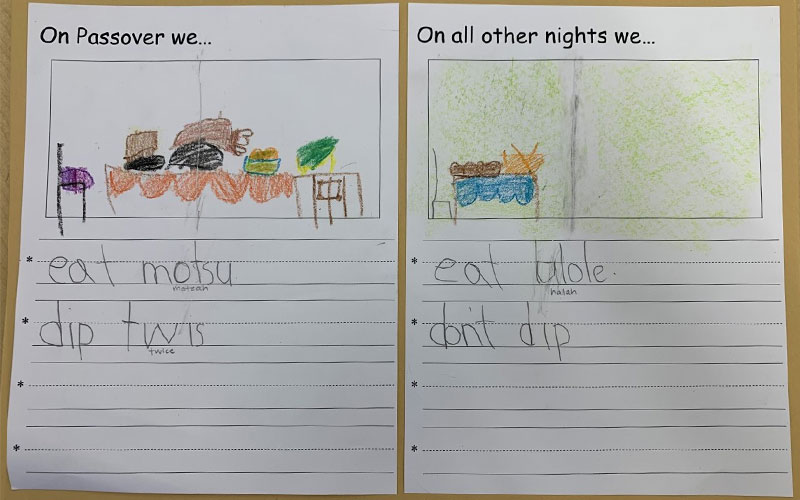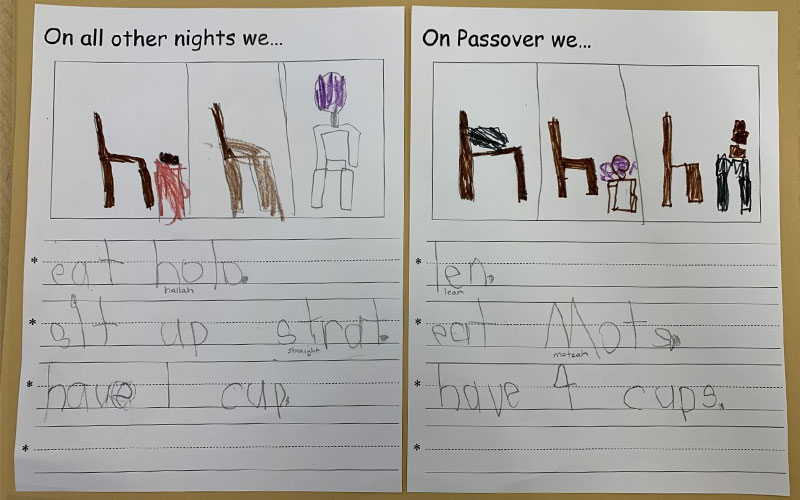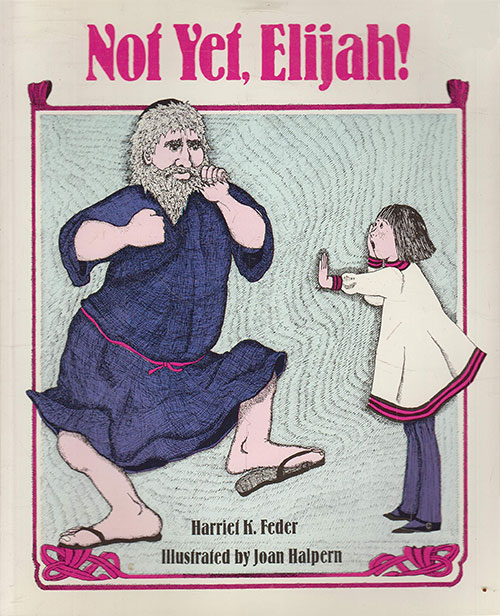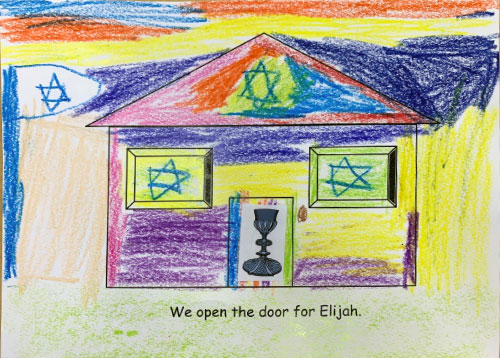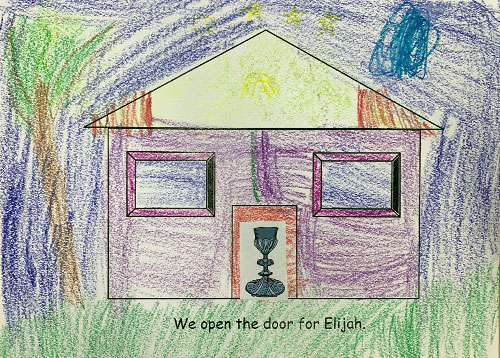FROM SLAVERY TO FREEDOM
1st Grade, 2022

Relationships change over time.

Relationships change over time.

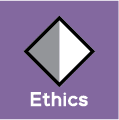
Overview:
Students learn what happened to the Jews in Egypt and how their relationship with Pharaoh changed over time.
Pharaoh made the Jewish people slaves; now they are free.
Students know the story behind Passover, and why we remember every year.
Lesson: Pharaoh and the Jewish People
The relationship between Pharaoh and the Jewish people changed from good to bad.
Students describe the creativity the Jewish people used in order to survive and overcome slavery.
Through creative thinking, the Jews escaped Egypt.
INTEGRATION: JUDAIC STUDIES, READING
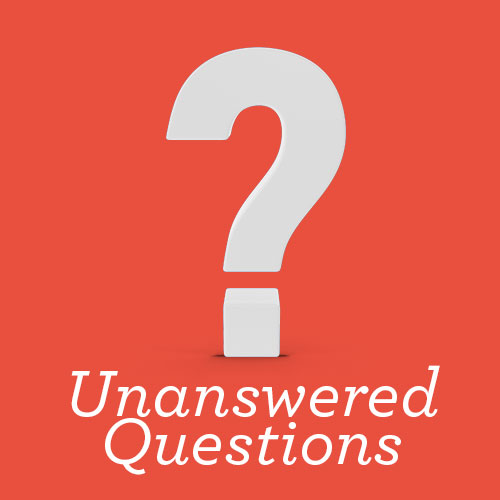
- What are the different parts of plants?
- What do plants need to grow?
- What is an irrigation system?

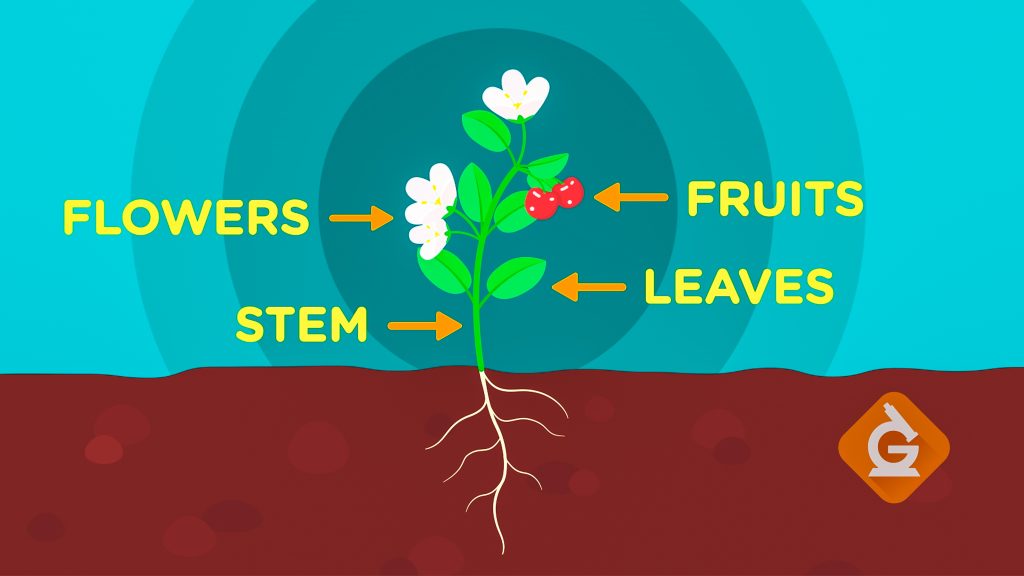
Various videos help students find answers to their questions.

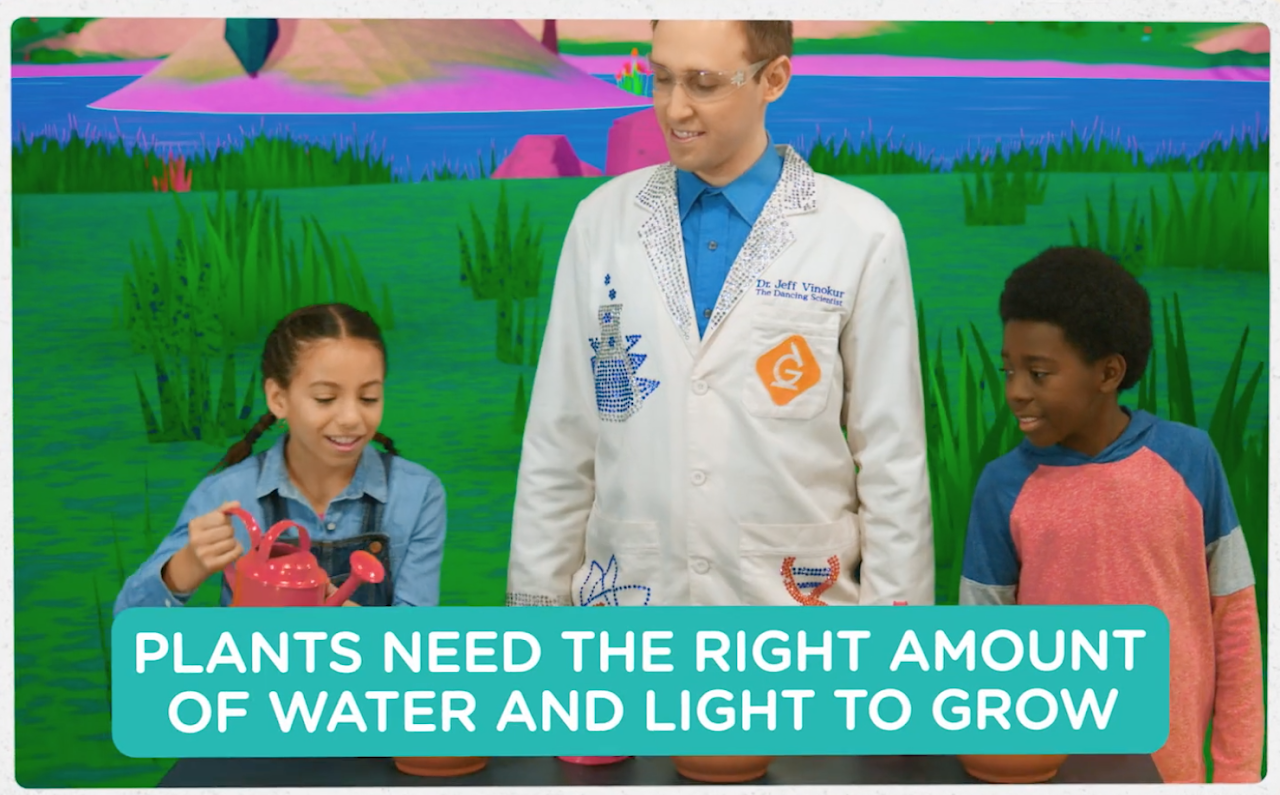
Plants grow and change over time, depending on soil, water, and light.
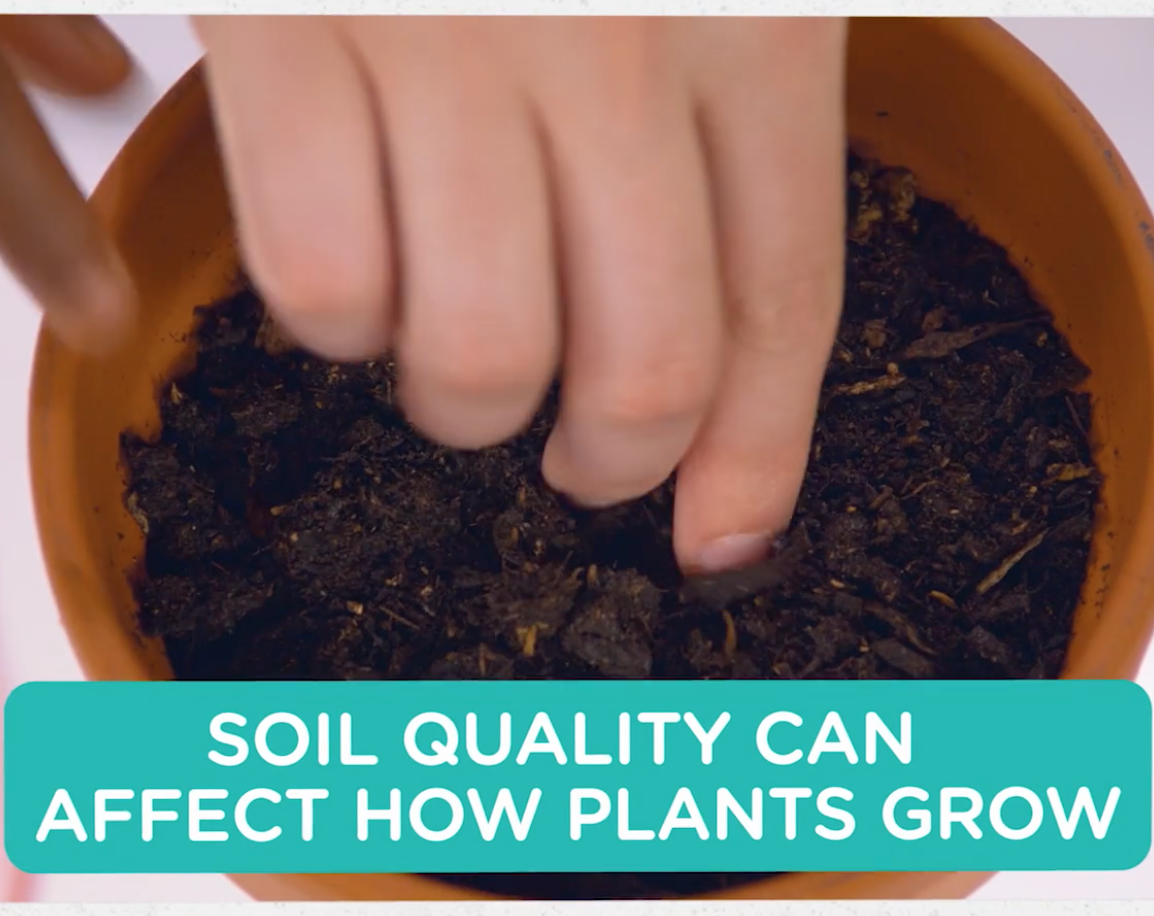

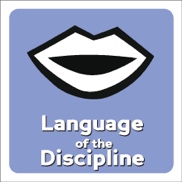
Lesson: Structure and Order of the Seder + The Four Questions
Students learn the details of the Passover story and connect to the language of the discipline.
Teacher leads a discussion of the traditions and symbols of the holiday.
INTEGRATION: READING, JUDAIC STUDIES
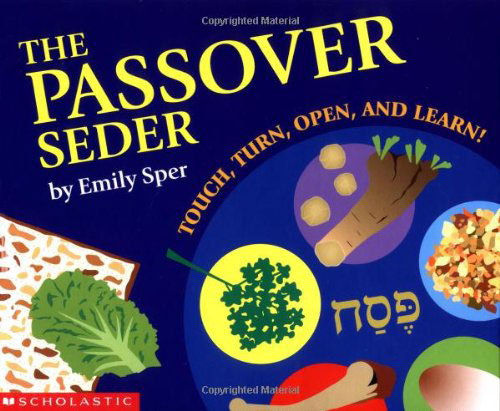

- Using illustrations from the book, students are introduced to the story of Passover.
- They learn the Passover Seder has structure and sequence.
- Students know the Haggadah tells the Passover story and is read at the Passover Seder.

The Four Questions
- Why do we eat matzah?
- Why do we eat maror?
- Why do we dip twice?
- Why do we lean?

The Four Questions
- Why do we eat matzah?
- Why do we eat maror?
- Why do we dip twice?
- Why do we lean?
Students create a picture of the questions to use as a reminder.
Students create a picture of the questions to use as a reminder.
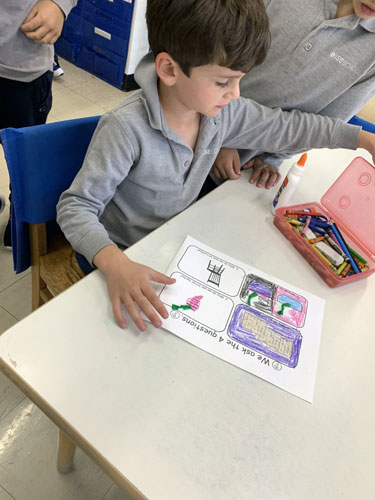
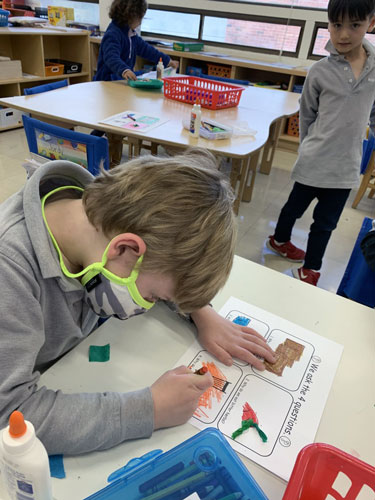

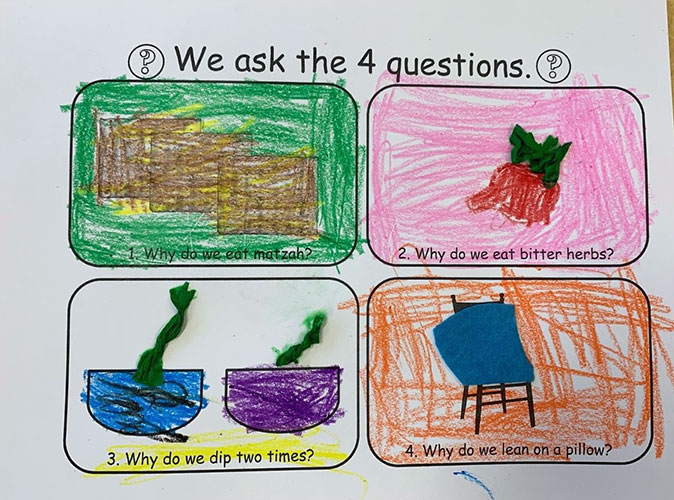
Students glue on the pillow for the chair.
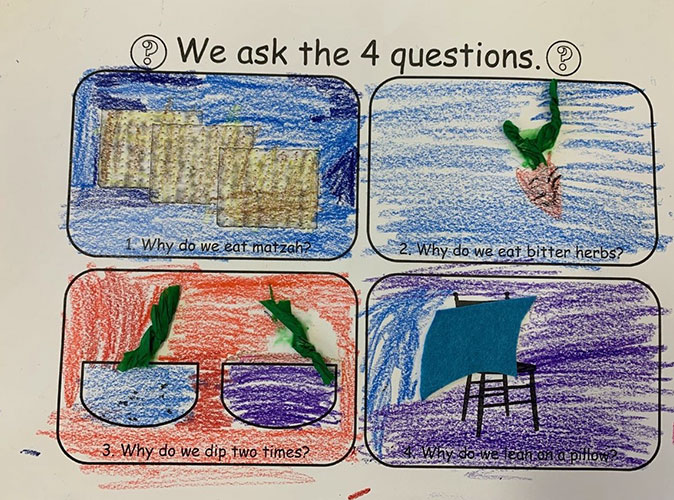
Students glue on the leaves of the bitter herb.

Lesson: Passover is… Language of the Discipline of Passover
INTEGRATION: JUDAIC STUDIES, READING, WRITING, VISUAL ART

PASSOVER IS…
The teacher reviews the story and symbols of Passover. Giving clues, students guess the language of the discipline connected to the holiday.
- matzah
- maror
- the seder plate
- haroset
- bitter herbs
- Pharaoh
- egg
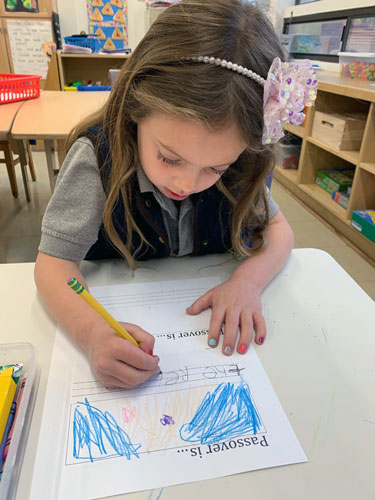

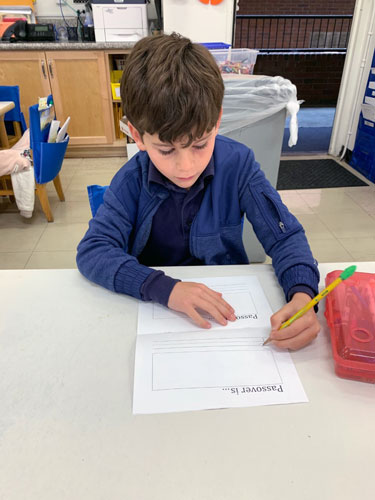
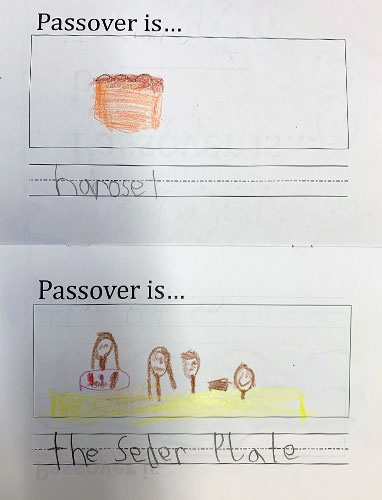

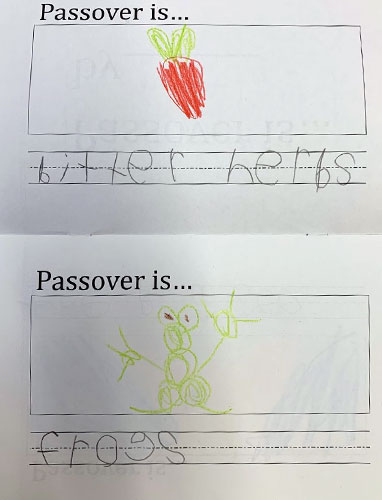
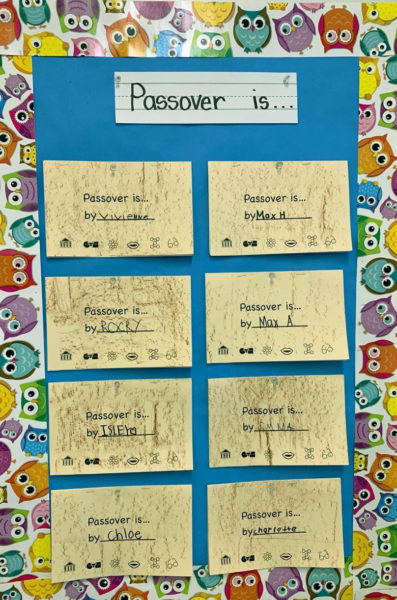

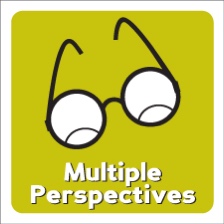
Lesson: Why We Eat Matzah
Students review the reason for eating matzah on Passover.
Teacher reads The Matzah Man.
Students compare and contrast this book and the original story of The Ginger Bread Man.
INTEGRATION: READING, JUDAIC STUDIES
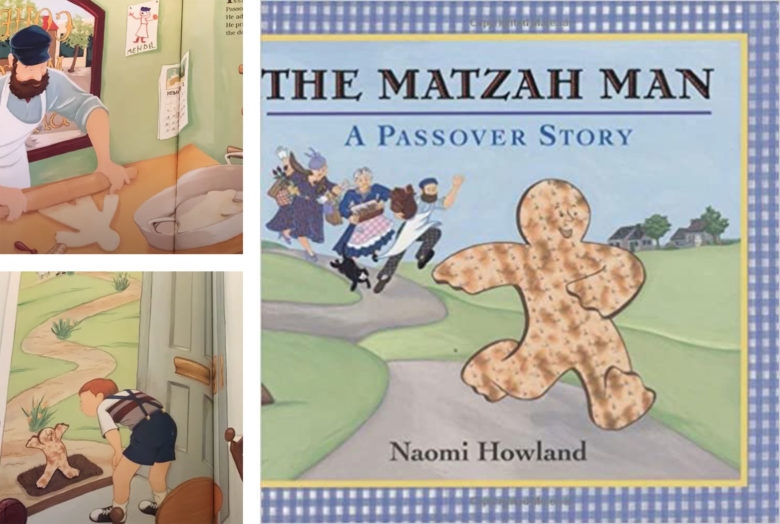
In this lively adaptation of “The Gingerbread Boy,” a bold little man made of matzah jumps out of the baker’s oven and leads him and everyone in the neighborhood—all of whom are preparing for Passover—on a merry chase.
The Gingerbread Man
The Gingerbread Man is a folktale about a gingerbread man’s escape from various pursuers
until his eventual demise between the jaws of a fox.



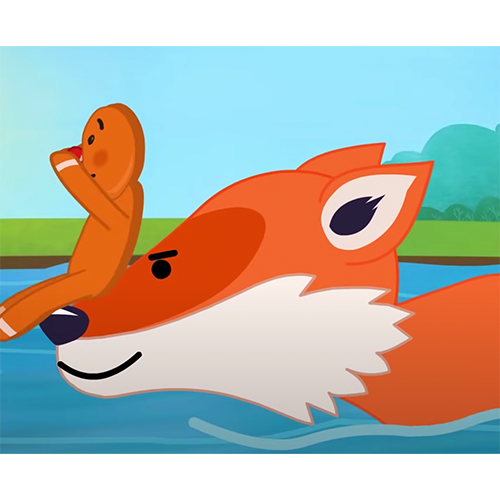
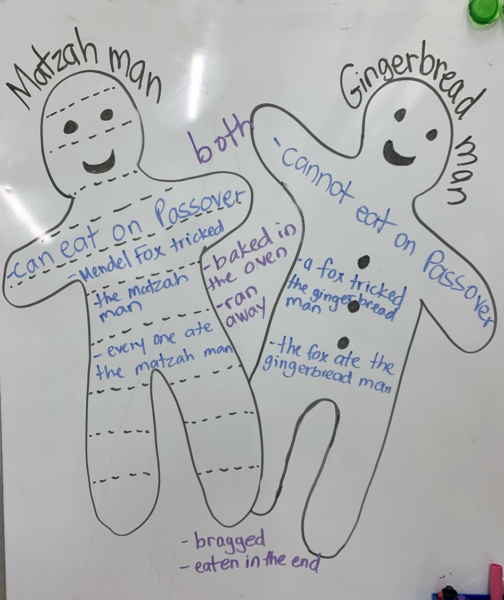
Student Responses from Classroom Discussion
How are they alike?
- Both were baked in the oven.
- Both ran away.
- Both bragged about who they ran away from.
- Both were eaten in the end.
- Both have fox in their name.
How are they different?
- The gingerbread man is not kosher for Passover.
- The fox tricked the gingerbread man.
- Mendel Fox, a boy, tricked the matzah man.
- The fox ate the gingerbread man after pretending to help him escape.
- After pretending to help the matzah man hide, everyone ate him.
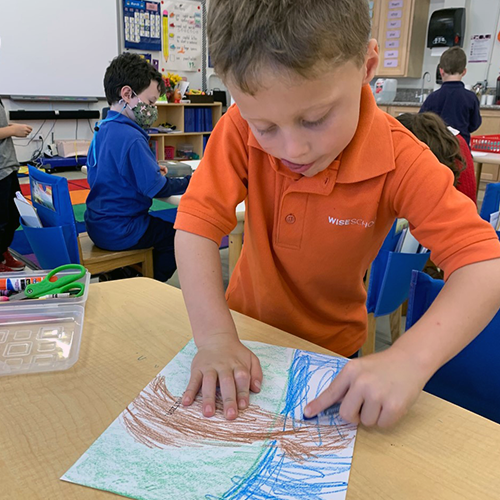
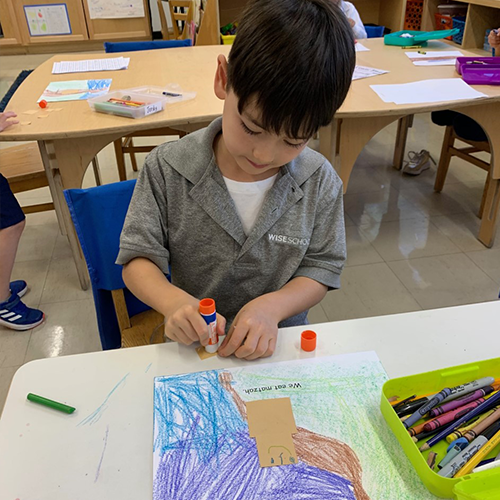

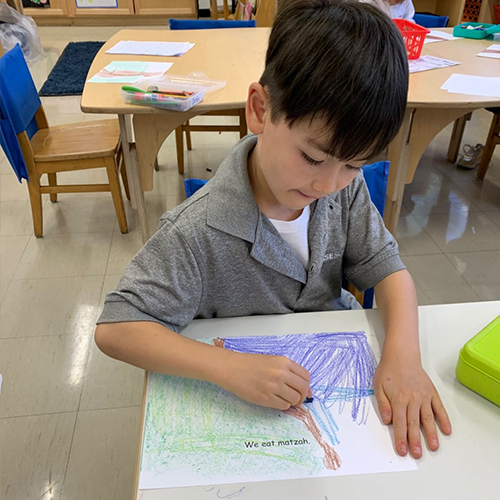
Students create a page for their Haggadah titled, “We Eat Matzah,” for their own running “Matzah Man.”

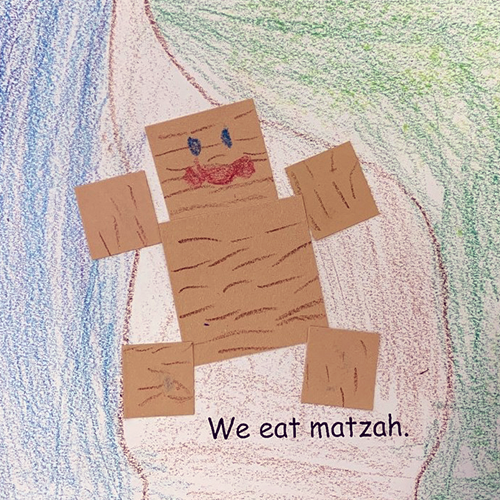


Lesson: But This Night is Different
Students write about the differences between Passover and other nights.
INTEGRATION: READING, WRITING, JUDAIC STUDIES



Using the details from the story and picture cards, students collaborate on a class Venn Diagram to compare and contrast Passover and all other nights.
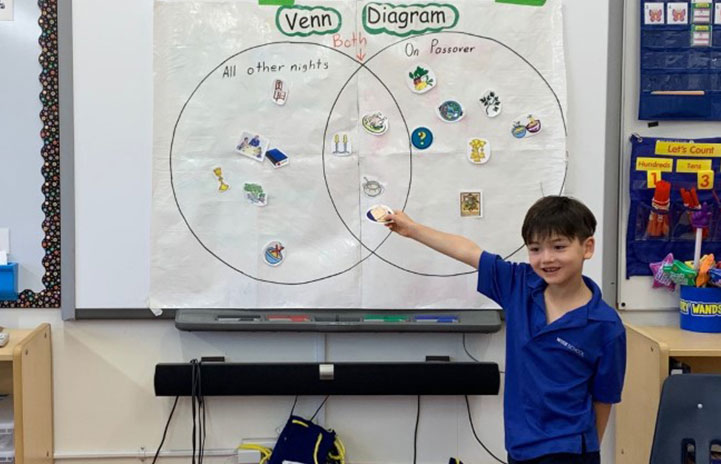
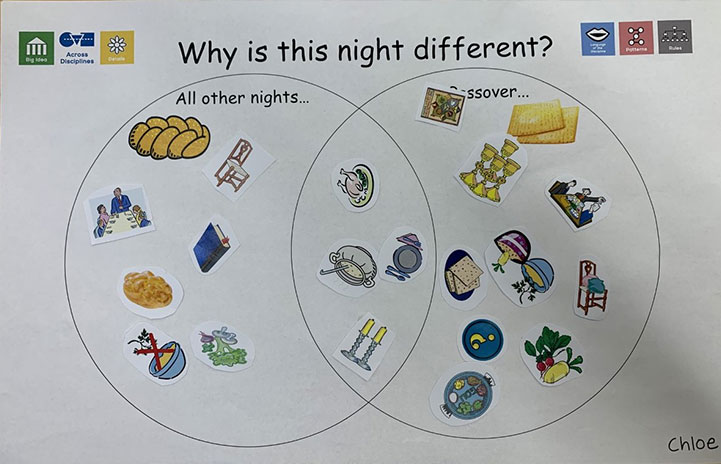
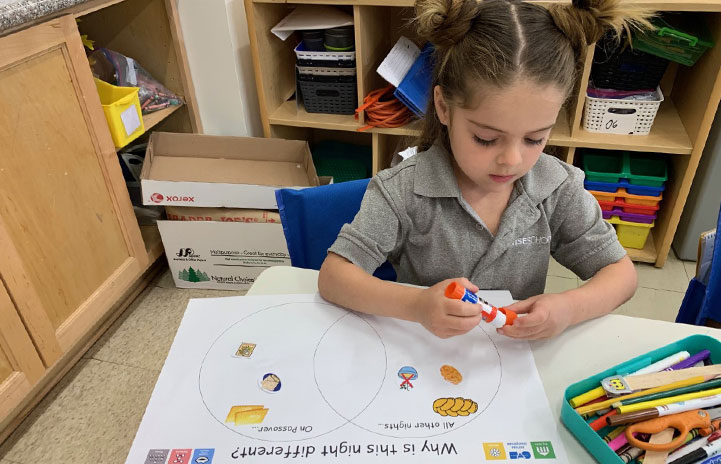
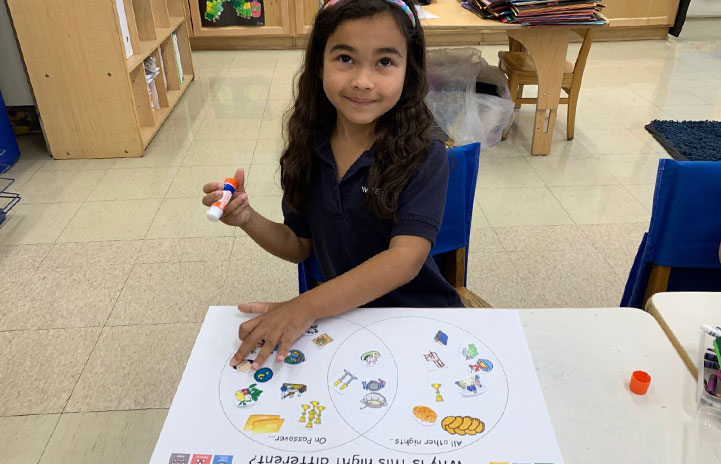
Students create their own Venn Diagram.
Students write about the differences between Passover and other nights.
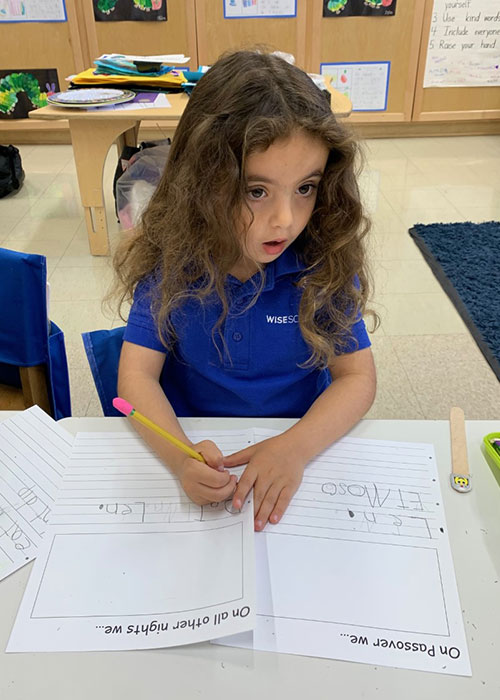


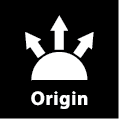
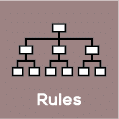

Lesson: Lesson: Elijah: Details, Symbols and Traditions
Using the information from the story, students identify the details, traditions, symbols, and language of the discipline connected to the Passover Seder. Students then design their Haggadah page, gluing on Elijah’s cup.
